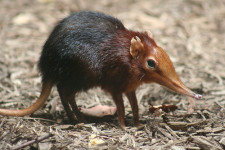
What do you get when you cross an elephant with a shrew? An elephant shrew!
- Elephant shrews are mammals of small size, that can be found in Africa’s southern areas in a variety of habitats.
- An ‘elephant shrew’ is sometimes called a ‘jumping shrew’, and it is also known by the native name ‘sengi’.
- Elephant shrews are a family with the scientific name Macroscelididae, that is split into four genera and includes 19 species.
- Elephant shrews have an unusually long nose, said to be like an elephant’s trunk, and they have a body similar to a shrew, although they are not closely related to either mammals.
- Elephant shrews range from 10 to 30 centimetres (4-12 inches) in length and weigh between 50 to 680 grams (2 to 24 ounces), depending on the species.
An Elephant Shrew
Image courtesy of Kim/Flickr
- Elephant shrews dig burrows or live in other naturally formed holes, typically by themselves or in pairs.
- The diet of elephant shrews typically consists of spiders, insects, earthworms and centipedes, and they catch their food via a lengthy tongue.
- Elephant shrews typically live for two to five years and are preyed on by lizards, large birds and snakes.
- The fur of elephant shrews typically ranges from black, grey, brown, tan or white in colour, and the colours vary in different species.
- Female elephant shrews, on average, give birth to two young at a time, and can breed multiple times a year.
Bibliography:
Elephant Shrew, 2013, A-Z Animals, http://a-z-animals.com/animals/elephant-shrew/
Elephant Shrew, 2014, Wikipedia, http://en.wikipedia.org/wiki/Elephant_shrew
Elephant Shrew, n.d, African Wildlife Foundation, http://www.awf.org/wildlife-conservation/elephant-shrew
Amazon:





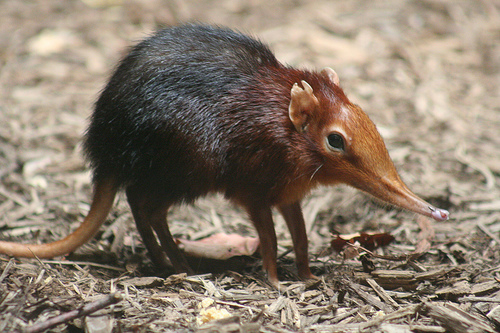
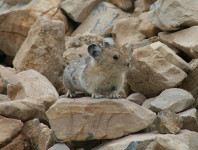



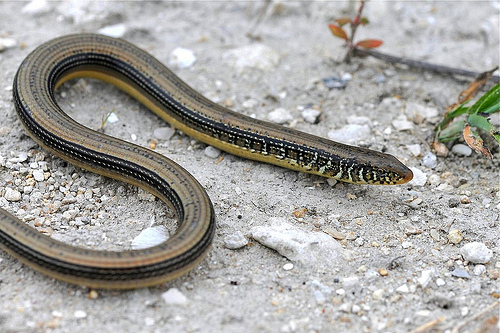



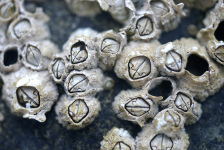
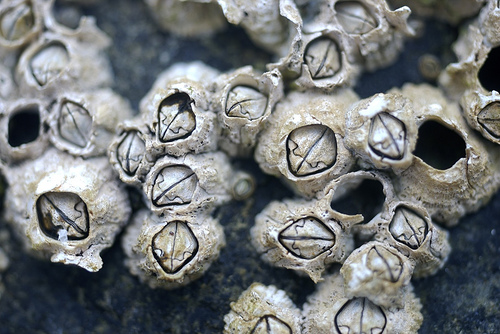


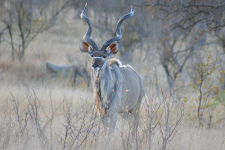
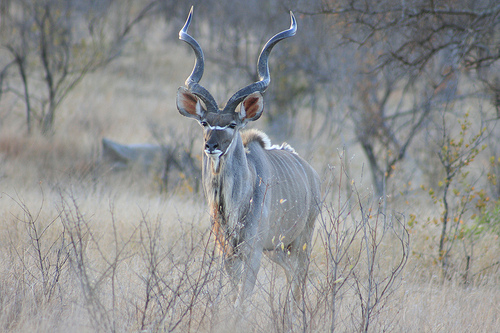



 Olm
Olm


